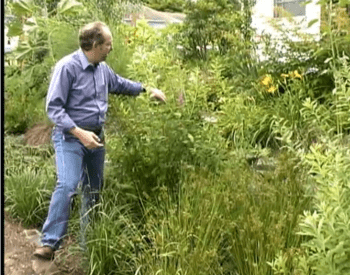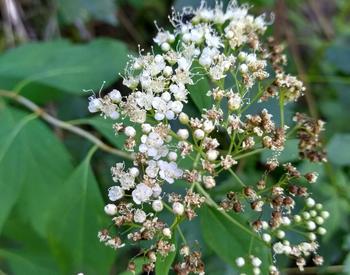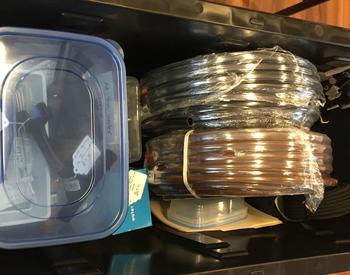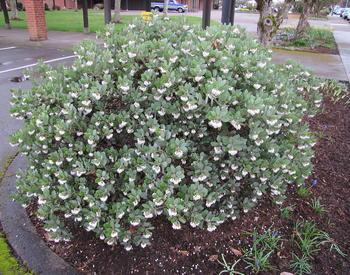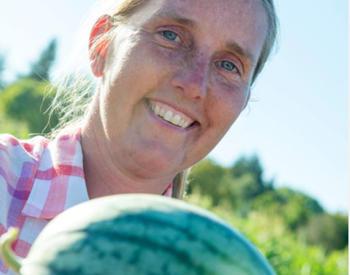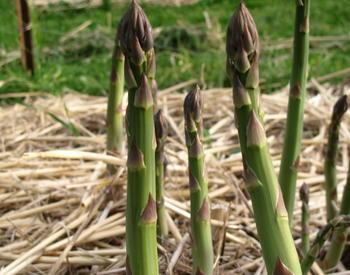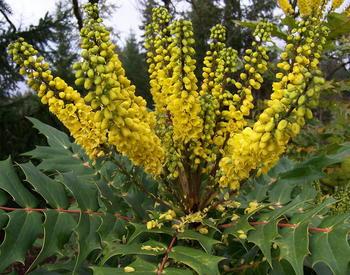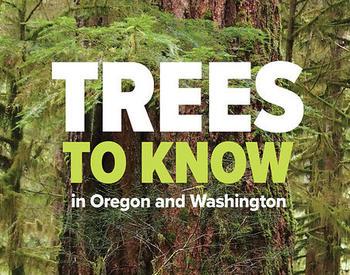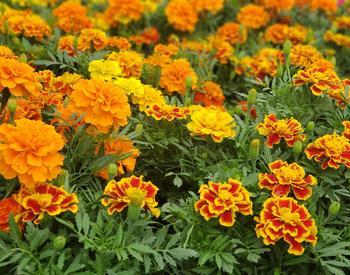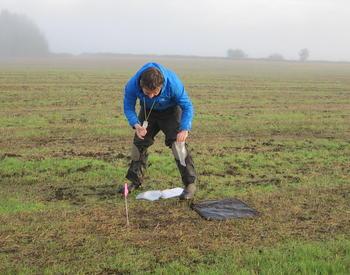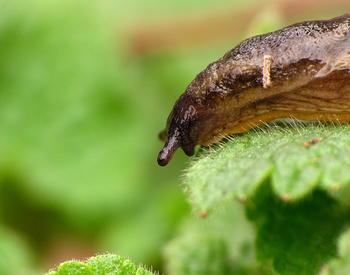How much clay, sand or silt do you have in your garden soil? By doing this simple test, learn the soil's texture class. This is an approximation and will likely underestimate the actual clay content of your soil.
Materials
- Various soil samples.
- One one-quart canning jar (with lid and ring) for each sample.
- Calgon water softener (sodium hexametaphosphate).
- Ruler (metric).
- One-half cup measuring cup.
- Tablespoon.
- Masking tape and pen (or similar materials for labeling jars).
Procedures
- Place approximately one-half cup of loose soil (clod- and rock-free) in a quart jar. Add one heaping tablespoon of Calgon and 3½ cups of water. Cap and shake for five minutes (alternately inverting the jar will suffice). Allow the jar to sit, undisturbed, for at least 24 hours.
- At the end of 24 hours, measure the depth of settled soil. This represents the total depth of soil. Shake thoroughly for five minutes (again, alternately inverting the jar). Let the jar sit, undisturbed, for 40 seconds. Now measure the depth of the settled soil with a ruler. This is the sand layer.
- At the end of 30 minutes, measure the depth of the settled soil again. From this depth, subtract the thickness of the sand layer to obtain the depth of the silt layer above it.
- The remaining unsettled particles in suspension represent the clay fraction and can be obtained by subtracting the depths of the sand and silt layers from the total depth determined in step two.
- Refer to the soil triangle and determine the textural class of your soil.
Remember that this is an approximation and will likely underestimate the actual clay content of your soil. The more thoroughly your sample is dispersed by mixing, the more accurate your measurements will be. However, to achieve results such as those obtained from a soil laboratory, a hydrometer must be used to measure the density of the suspension that remains after the large particles have settled.
As an optional addition to the procedure listed above, the sample could be mixed initially (step one) in a blender for 10 minutes rather than shaking by hand. This serves to more thoroughly disperse floccules of clay that may otherwise settle with the sand and/or silt fractions due to their size.
The measurements may be converted into percentage figures according to the following example:
- Total depth of soil: 23 mm.
- Depth of sand layer: 9 mm.
- Depth of silt layer: 10 mm.
%Sand = 9mm / 23mm ×100% = 39%
%Silt = 10mm / 23mm ×100% = 43.5%
%Clay = 100% − (39% + 43.5%) = 17.5%

